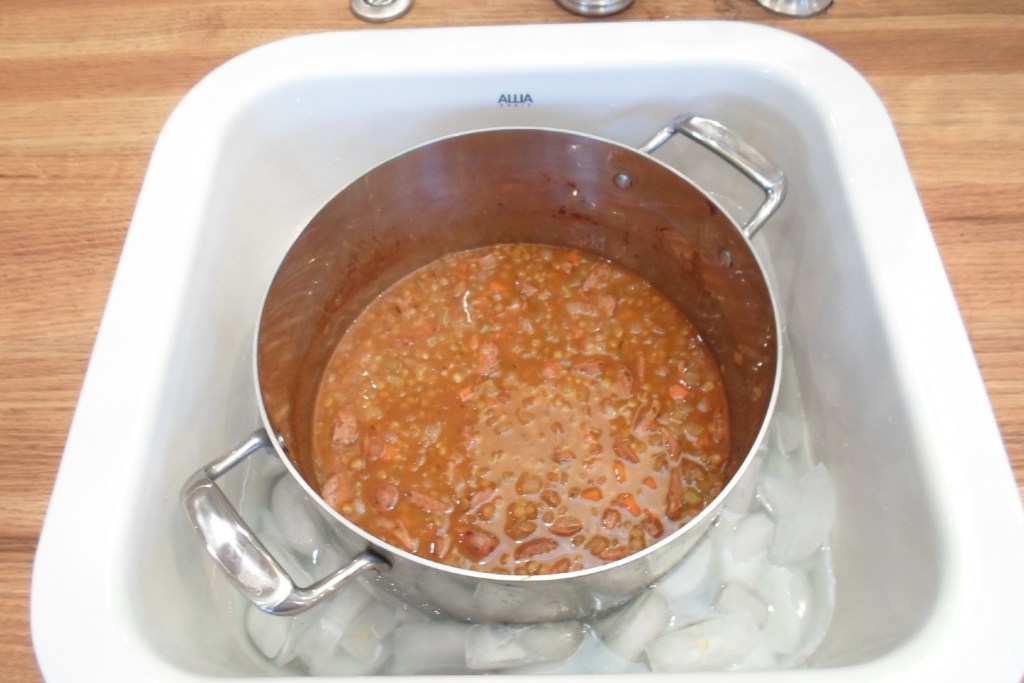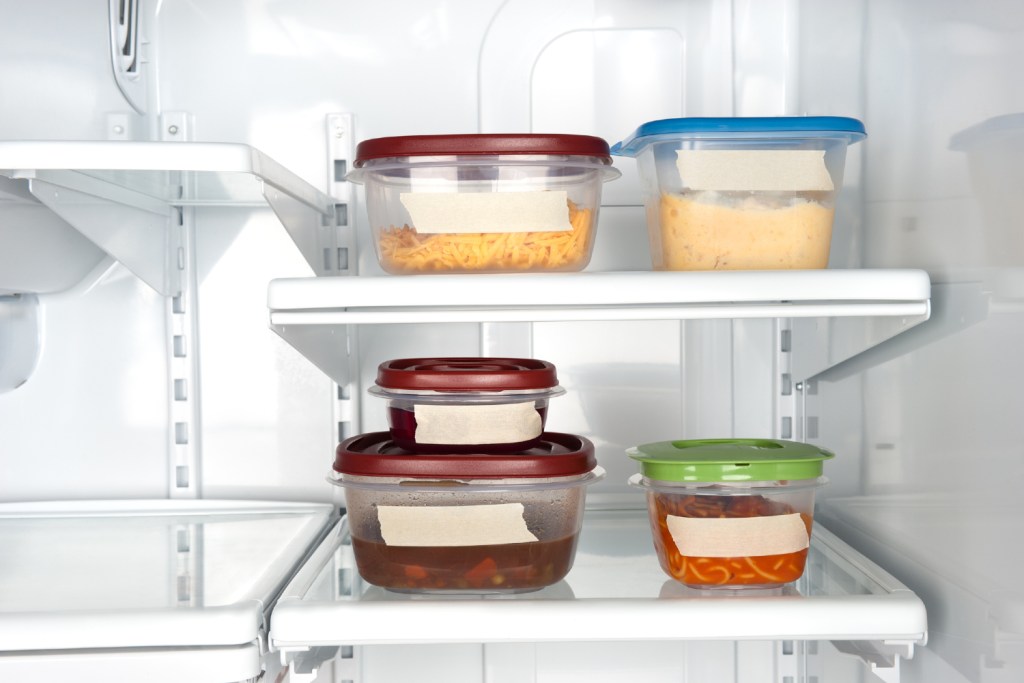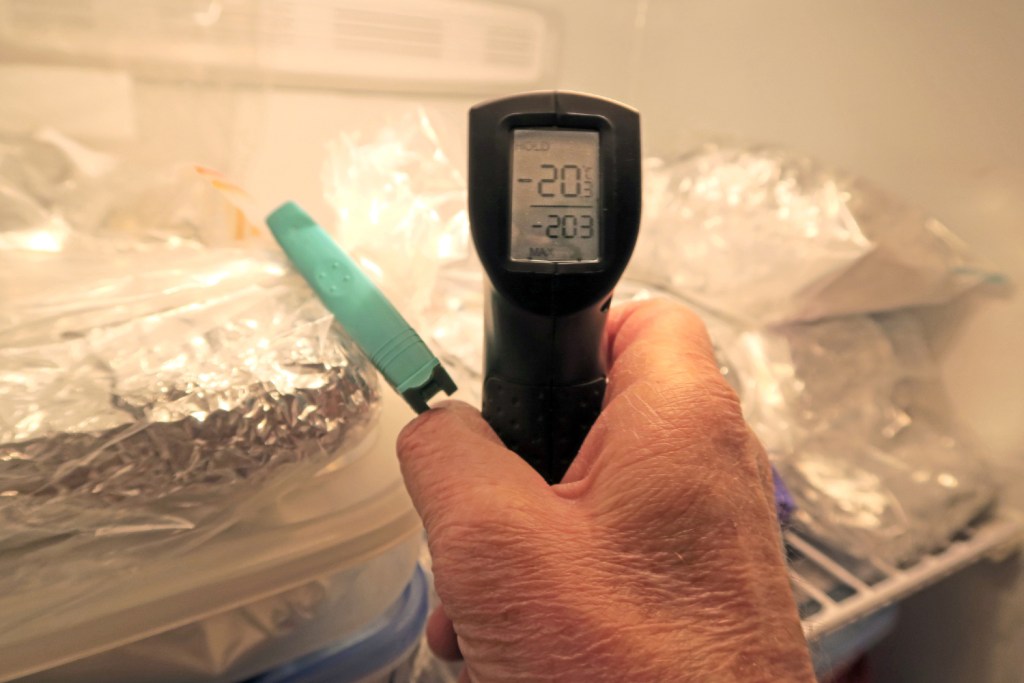Food is bought, stored, and served in homes every day. But what you do to ensure that your food is stored safely? Different types of foods require different types of storage but keeping it all straight isn’t always simple. Proper food storage is essential for several reasons – first is safety; properly storing food ensures food won’t spoil, and cross-contamination won’t occur, so you don’t get sick. Second is shelf-life; If food is stored the correct way, it will last longer and, thus, save you money in the long run. Many people have learned how to buy in bulk, and many especially opt to purchase food in bulk, which is a great way to save money. It is especially important to store bulk foods properly, so the investment pays off. Here are some tips and tricks for storing your foods safely at home.
Refrigerate Leftovers Within Two Hours of Cooking

After you cook any meal if you are going to save the leftovers (which you should absolutely be doing), be sure you get them into the proper storage containers and into the fridge or freezer within two hours. Keeping hot foods hot (140 degrees Fahrenheit or higher) means that the food is safe from bacteria forming while outside the refrigerator. Unfortunately, foods that fall below 140 degrees are only safe for about two hours, and then they should be stored.
If you want to store food right after it is finished cooking, you can put food into shallow dishes or separate into smaller portions, so it cools down quicker. It is essential to not put hot food into the refrigerator. You should wait until steam has stopped rising from the food before putting it in the fridge or freezer. Use containers with tight lids to keep air out and freshness in. If you produce a lot of leftovers to the point where you will lose track of what was cooked when, label your containers, so you know when to eat them. As a general rule, leftovers should be eaten within three days.
Put Open Packages in Airtight Containers

Storing food that has already been opened is an art that, if mastered, can save you time and money in the long run. It may seem like a lot of work, but the extra effort put in on the front end will reward you on the back end. Whether it is a box of cereal or a bag of shredded cheese, airtight storage is a necessity. Exposure to air once a package is opened can lead to pantry items going stale and leaves them open to infestation by bugs and other pests. Refrigerator items exposed to air not only leads to flavor absorption from other foods inside the fridge, but it also dries them out and makes them go bad faster. Airtight containers such as plastic or glass containers or jars with airtight lids or even zip lock bags will keep your food fresher longer.
Cool Hot Foods Before Storing Them

Cooling hot foods before storing them in the refrigerator or freezer was mentioned above when discussing storing leftovers. However, the reasons for this process were not mentioned. It is crucial to bring the temperature of hot foods down before refrigerating or freezing them because if you don’t, you can increase the internal temperature of the fridge or freezer, which is a bad thing. Bringing the temperature of the freezer or fridge up is terrible for all of the foods that you already have stored in there. Foods stored above safe temperatures can bring on a host of bad things, but that will be discussed further below.
To bring the temperature of hot foods down before storing them, you can use a popular method to speed up the process since you don’t want to leave hot food out for longer than two hours. This method that speeds up the process is an ice bath. Simply fill a large bowl with ice (you can add cold water too) and place the bowl of food that you want to cool on top of the ice. Once the food has cooled, you can put the food into storage containers and refrigerate or freeze. You don’t want to use the ice bath method if your food is in a glass or ceramic bowl since this could cause the dish to crack. This is also another reason to be sure your food is cooled before you put it in the freezer or refrigerator – you don’t want the container to crack or shatter and create a huge mess.
Label All Leftovers

Labeling all of your food storage containers with the date and name of the food is a great habit to form. It may seem as though you will remember when you cooked the dish and what it is, but especially when it comes to the freezer, you likely won’t. Leftovers in the fridge may not be a huge problem since they will probably only be in there for three days, but dishes kept in the freezer may be there for months. Labeling helps you know what items you should eat first based on the date. It will also let you know if you have kept the meal too long, and it is no longer safe to eat. You can use masking tape and a marker to label containers and just write on zip lock bags. The general rules for how long food will keep in the freezer vary depending on the food type. You can find cheat sheets for this online, though.
Check Refrigerator and Freezer Temperatures Periodically

Since you now know how to store your food safely in the refrigerator and freezer it is essential that you keep these appliances at the correct temperatures so they can do their job. The fridge and freezer are designed to slow the growth of bacteria and other pathogens (for the refrigerator) or stop its growth (for the freezer). In order to do this, the refrigerator should be at or below 40 degrees Fahrenheit and the freezer should be at or below zero degrees f Fahrenheit. If they are higher than these temperatures, the food inside of them is not safe, so it is important to check the temperatures once in a while to make sure they are working properly. You can use an appliance thermometer or place a regular thermometer inside for a few minutes to get a correct reading.



